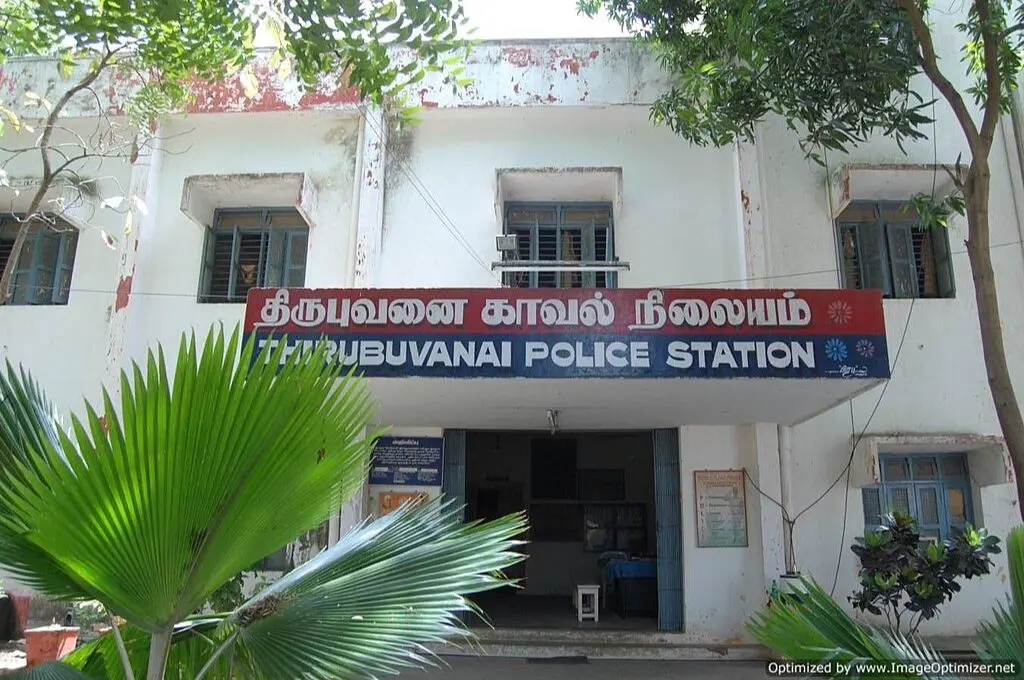In July 2024, India entered a fresh regime of criminal justice administration as three new criminal laws came into effect—the Bharatiya Nyaya Sanhita (BNS), which replaced the Indian Penal Code (IPC); the Bhartiya Nagrik Suraksha Sanhita (BNSS), which replaced the Code of Criminal Procedure (CrPC); and the Bharatiya Sakshya Adhiniyam (BSA), which replaced the India Evidence Act.
These changes were made to ‘reform’ and ‘decolonise’ India’s laws. However, the operation and impact of the laws stands in contrast to these ideas. The new laws have Hindi names and remove references to the British monarchy, but retain approximately 80 percent of text from existing legislations. They not only retain the colonial aspects of the existing criminal laws but also, in significant ways, enhance the powers of the police and curb civil liberties.
Contrary to the stated prioritisation of nyaya (justice) over dand (punishment), the new laws have created new offences and increased punishments across offences. The BNS provides for 16 new offences, enhances punishments and fines for 116 offences, and introduces minimum mandatory sentences for 23 offences. The perceived positive changes brought under the new laws would need commensurate effort to build necessary procedural protections and institutional capacity to deliver what is promised—an effort that is currently lacking.
Here are some of the changes that have been made:
1. Introduction of vague new offences
A crucial way in which powers of the police have been increased under the new laws is through the creation of vague offences. A bare reading of section 197(1)(d) of the BNS reveals ambiguously worded provisions, criminalising the making or publication of “false and misleading information jeopardising the sovereignty, unity and integrity or security of India.” At the very outset, the lack of definition for phrases such as ‘false and misleading’ and ‘jeopardising’ causes confusion about what is punishable under this provision. It creates scope for selective interpretation of provisions and consequent arbitrary exercise of police powers.
2. Expansion of police custody
The BNSS has provisions that enhance police power. The maximum period permitted for detention in police custody (with legal approval from a judge) has been increased from 15 days under the CrPC to 60 or 90 days under the BNSS, depending on the nature of the offence. Similarly, in the CrPC, detention in police custody could only be authorised during the first 15 days of arrest and had to be continuous, without being split into parts. However, the BNSS permits multiple shorter periods of detention in police custody, which may be requested even beyond the first 15 days of arrest (that is, at any time in the first 40 or 60 days) during investigation. This creates the risk of exposure to police excesses and undermines the right to fair trial. By comparison, even the Unlawful Activities (Prevention) Act, 1967, allows for 30 days of police custody and requires an investigating officer to provide reasons for seeking police custody if the accused is in judicial custody.
Similarly, section 172 of the BNSS mandates that all persons must comply with directions of the police to prevent any cognizable offence. Failure to comply makes a person liable to be ‘detained’ or ‘removed’. Such preventive detention/removal is permitted for a maximum period of 24 hours in case of petty cases and for an undefined time period for non-petty cases, bypassing the required procedures and judicial scrutiny mandated for arrests. Since such detention does not constitute ‘arrest’, it remains unclear whether judicial safeguards against arrest and police excesses will be applicable. It is also unclear and uncertain which cases fall within the ambit of ‘petty cases’. Additionally, the BNSS has validated handcuffing by introducing a statutory provision despite existing judicial precedent declaring it unconstitutional.

3. Introduction of another sedition-like provision
A central piece in the ‘decolonisation’ narrative of the new laws was that the provision on sedition, a colonial legacy, had been repealed in the BNS. In broad terms, ‘sedition’ under the IPC was understood to mean an act of inciting hatred, contempt, or disaffection towards the Government of India.
The BNS has technically removed the term ‘sedition’. However, it has created a similar new offence with an even wider range of criminalised acts. Section 152 of the BNS criminalises “acts endangering sovereignty, unity and integrity of India” and punishes them with imprisonment for life or with imprisonment that may extend to seven years and a fine. It penalises ‘subversive activities’ or encouraging ‘feelings of separatist activities’ but doesn’t provide an explanation for these terms. Moreover, the judicial interpretation of sedition and its limitations established by law will not be applicable to Section 152– despite being similar to sedition–because it is a new provision.
4. Gaps in positive changes
The new laws have been celebrated for streamlining existing procedures by introducing timelines across stages of trial, expanding use of technology in investigation, incorporating victim-centric provisions, allowing bail to first time offenders upon completing one-third of the maximum sentence, and adopting a reformative approach to punishment. However, these positive aspects will struggle to translate on the ground if certain structural barriers and systemic realities in delivering the intended provisions are not overcome.
a. Timelines
In introducing timelines, the BNSS does not consider the systemic realities and limitations of previous attempts such as fast-track courts on account of heavy caseloads and shortage of judges. For instance, the BNSS prescribes a 60-day time limit from the date the case is sent to the sessions court to file an application for dropping charges or having the case dismissed. However, people often do not receive timely access to their case papers and may not have legal representation at this stage, which makes this procedure difficult to follow. Rushed proceedings have also been conventionally perceived to undermine fair trial rights. Moreover, the law remains silent on whether lapses with regard to timelines in the legal procedure would accrue benefits for the accused; this would have ensured better compliance.
b. Victim-centric provisions
It is suggested that the new laws incorporate victim-centric provisions since they include rights such as registering zero FIRs. However, the provision of zero FIRs already exists in law through court rulings and executive orders. Similarly, the prerequisite for complainants to sign electronically lodged complaints within three days, for the complaint to be on record under the BNSS, defeats the intent of facilitating a quick complaint without having to search for jurisdiction. Further, while Sections 193(3) and 230 of BNSS mention the victim’s right to receive the FIR copy and information from the police, it remains limited since it is only available to victims represented by an advocate.
c. Statutory bail
Section 479 of the BNSS relaxes provisions of statutory bail for first-time offenders. It makes them eligible for release after serving one-third of the sentence as opposed to half their sentence prescribed under the CrPC. However, non-first-time offenders become eligible for release after serving half their sentence, provided they are not charged with offences punishable by life imprisonment and have no criminal inquiry or investigation pending. The corresponding provision under Section 436A of the CrPC imposed no such limitations. While the provision appears beneficial at first glance, it can exacerbate the already increasing undertrial population.
d. Community service
Finally, the introduction of ‘community service’ as a ‘reformative’ sentence would be ineffective if proper guidelines for its implementation and its restriction to few offences isn’t introduced. It is perceived that ‘community service’ sentences are granted for non-serious offences. Such a perception might lead to community service becoming an instrument to influence admission of guilt from accused persons as a bargain to secure liberty. This will disproportionately impact people from marginalised backgrounds who may struggle to comply with bail conditions and who often plead guilty as a last resort to secure their release. This, in turn, will create a criminal record and subject them to higher risk of profiling and re-arrests.
e. Use of technology
The mandate for use of technology in investigation is a welcome move as it marks the shift from a coercive to a scientific mechanism. But it needs to be seen whether such goals of speedy justice can be achieved with the existing infrastructure. For instance, mandating involvement of forensic experts in investigation and the use of audio–video technology during investigation will not only cause challenges in execution but also exacerbate the existing burden on infrastructure and resources. With such limitations, the question that arises is ‘How can tamper- proof evidence be presented in court and will judges be able to provide reasoned decisions for accepting or rejecting its authenticity?’
While introduced to decolonise existing laws, the new laws—like colonial-era policies— expose persons from marginalised backgrounds to higher risk of being routinely charged under multiple offences. Driving effective rights-based reforms entails looking at the wider framework of ‘criminal justice’ and re-imagining institutions—such as the police, courts, prosecution, defence services, and prisons—to ensure fairness and justice for both victims and accused persons. Changes in the law without this reconfiguration will deliver very few of the reforms we need.
—
Know more
- Read this article to learn more about the new criminal laws.
- Read this to learn more about why India needs to rethink it’s use of criminal law.





